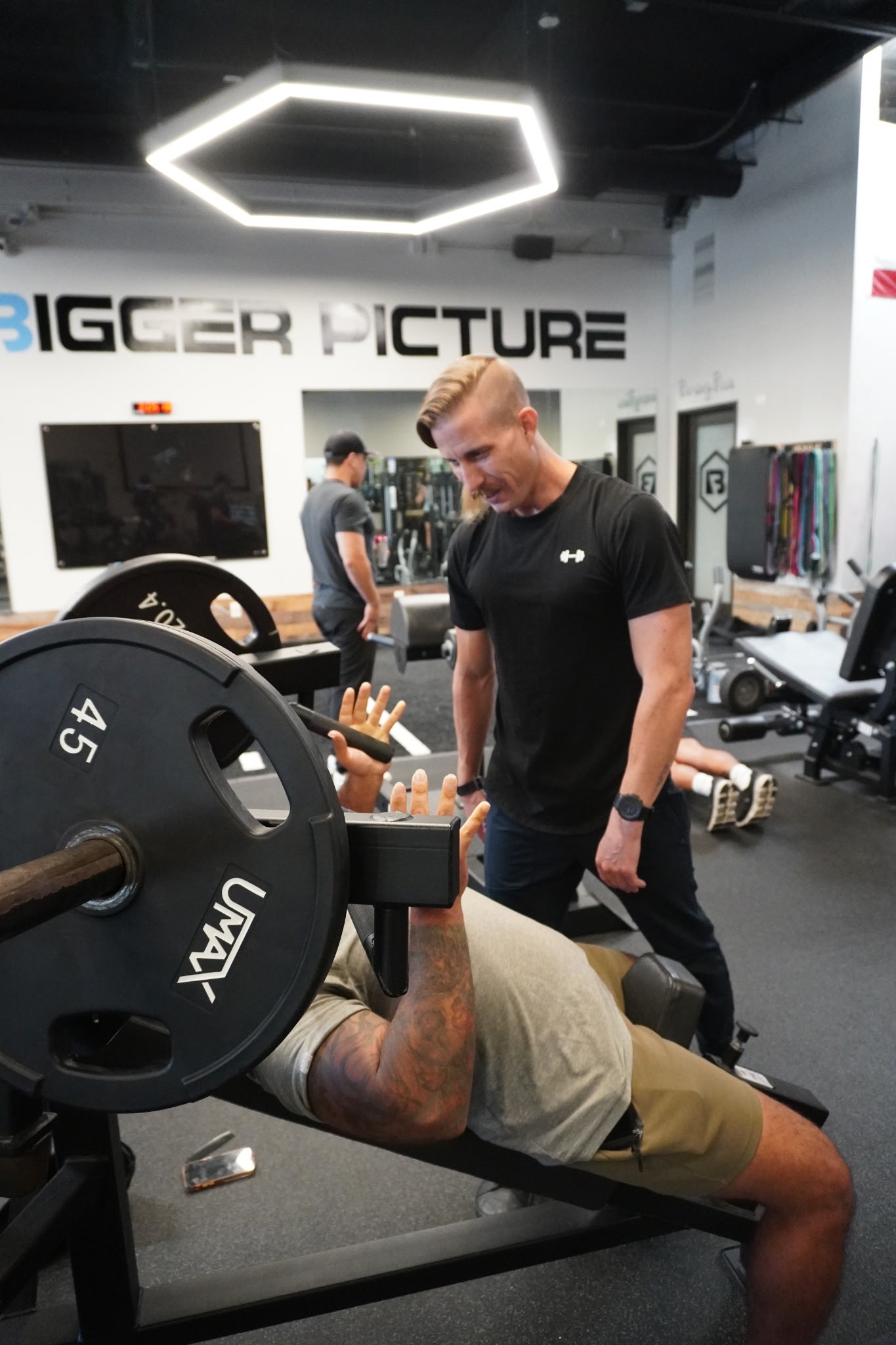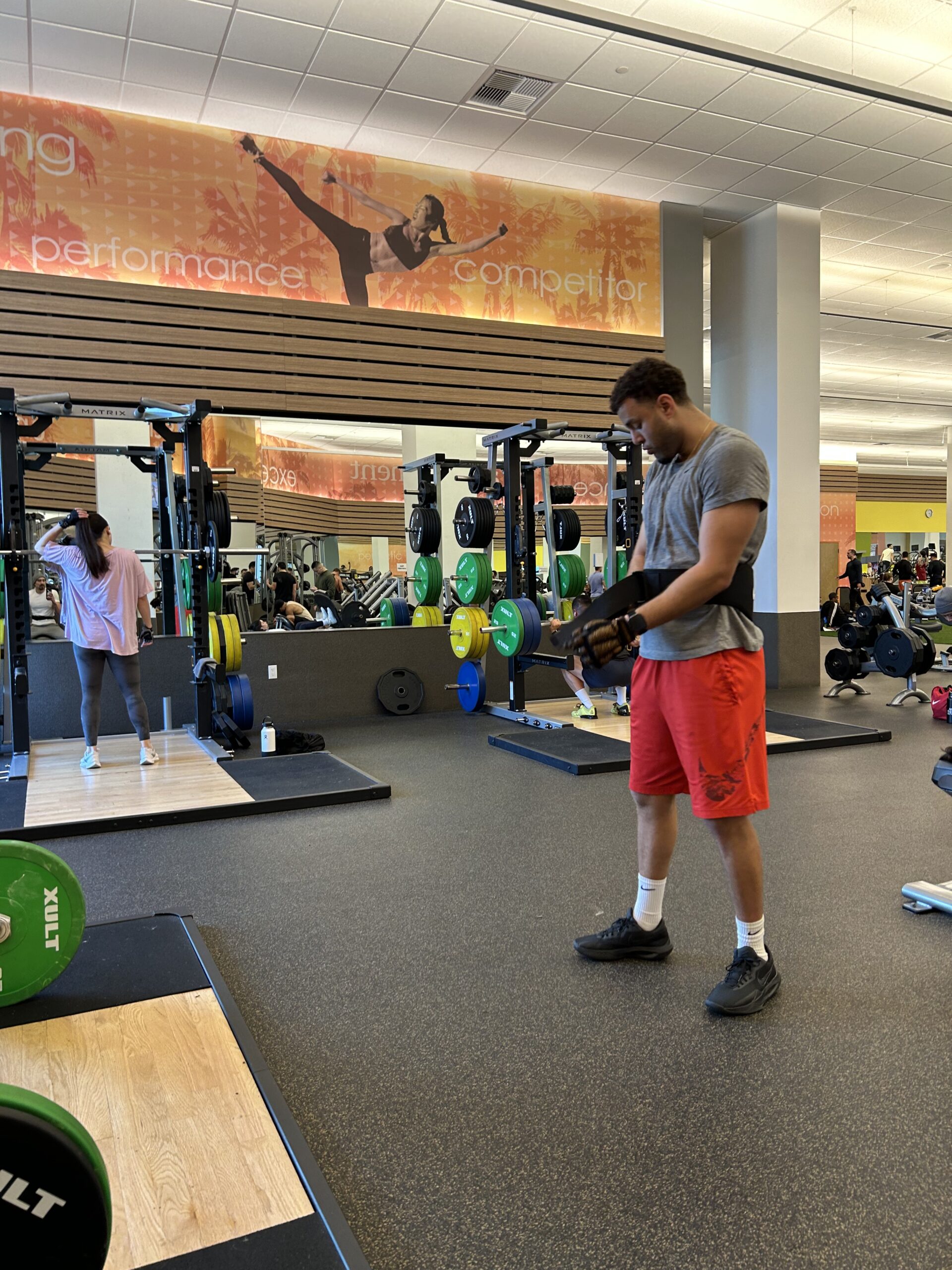Elementor #1661
Injury Prevention Education
Injury Prevention Education is a crucial aspect of any fitness program, emphasizing the importance of understanding how to avoid injuries during physical activities. This education equips individuals with the knowledge and practices necessary to safeguard themselves while maximizing the effectiveness of their fitness routines.
Here's a deeper look at what it involves
Understanding Body Mechanics
Education begins with an understanding of proper body mechanics and movement patterns. This includes learning the correct form and technique for various exercises to reduce the risk of strain or injury.
Identification of Risk Factors
Recognizing individual risk factors for injuries is essential. This could include understanding one’s physical limitations, previous injuries, weaknesses, or imbalances that might predispose someone to certain types of injuries.


Warm-up and Cool-down Protocols
Educating individuals about the importance of warm-up exercises to prepare the body for activity and cool-down routines to aid in recovery and reduce muscle soreness can significantly lower the risk of injury.
Progression and Gradual Overload
Teaching the concept of gradual progression in workouts and avoiding sudden, excessive increases in intensity or load can prevent overuse injuries and muscle strain.
Proper Equipment Use
Guidance on the correct usage of fitness equipment, including footwear, apparel, weights, and other gear, helps minimize the risk of accidents or injuries due to improper equipment use.
Rest and Recovery
Educating individuals on the significance of rest and recovery in a fitness regimen is crucial. Overtraining can lead to fatigue, decreased performance, and increased injury risk, emphasizing the importance of adequate rest between workouts.


Adaptation to Individual Needs
Tailoring injury prevention strategies to individual needs and fitness levels ensures that the education provided is relevant and actionable for each person.
Recognition of Warning Signs
Educating individuals about the warning signs of potential injuries or overtraining symptoms empowers them to recognize when to modify their workouts or seek professional guidance.




